Industry Trends #3: A look at the “Big Three” (Sony)

Sony is a name we all know, from TVs, to cellphones, to game consoles and even movies. The Sony today is a shadow of their former self compared to the 90s and early 2000s, however they are on a path of recovery, a path that’s being paved by the Playstation 4. Before that, we need to look at the history of Sony in the console market place. Sony’s first console was the Playstation but unknown to many people, they were originally going to collaborate with Nintendo to make a CD based console that. (See image below for prototype)
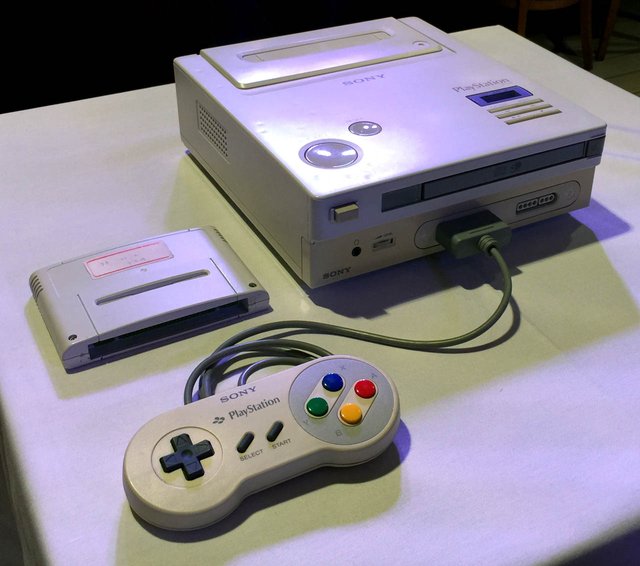
Nintendo however backed out of the deal which began the era of bad third party relationships for them (More on this in my article about Nintendo!). Sony would then go on the make the Playstation, an extremely important console in more ways than one.
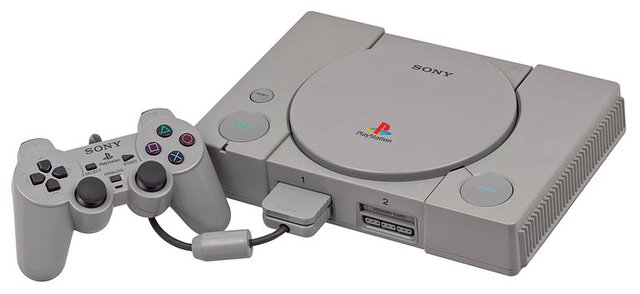
The most iconic feature of the Playstation was its ability to play CD-ROMs. This was important because it allowed users to play their music CDs on the console making it double as a CD player and because of its effect on game design and third party attraction/adoption. During the SNES era, final fantasy, chrono trigger, Secret of Mana and Breath of Fire had become widely popular games, known for their memorable characters, grand adventures and engaging stories. One company, Square (Now Square Enix, after the merger with Enix), developed all these games, so support from this company greatly influenced a gamer’s desire for that console.
Nintendo’s insistence on using expensive and storage starved cartridges ultimately pushed Square to develop solely for the Playstation which resulted in the creation of Final Fantasy 7. Why is Final Fantasy 7 more important than the others? Well Final Fantasy 7 was a critically acclaimed game but it would also go on the be the highest selling final fantasy game ever and even to this day it still holds that title.
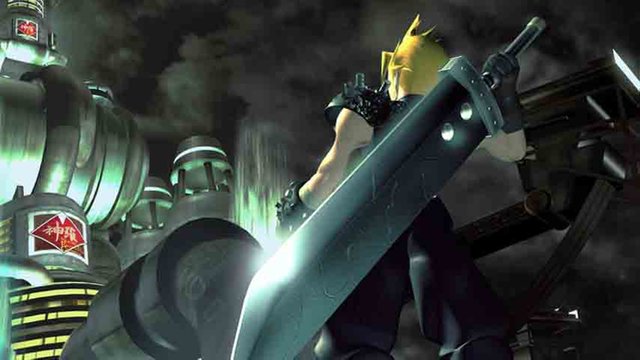
It was so popular that many people begged Square Enix for a remake on better hardware and recently they announced that they were officially remaking the game.
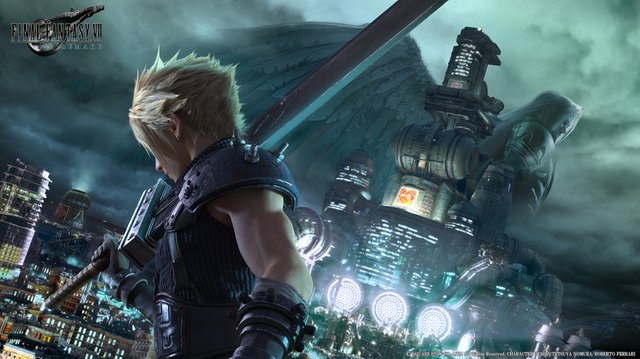
As you can imagine, the Playstation became an extremely popular console and Square would go on the produce more hits like Parasite Eve, Vagrant Story, Xenogears and more entries into the Final Fantasy Series. This with other games like Metal Gear Solid, Crash Bandicoot, Gran Turismo, Tekken and Resident Evil solidified the console as the choice for gamers and the hardware sales between the Playstation and its competitors reflected that. Also the Playstation is where many developers began designing games on a 3D plane and as a result ushered in 3D game design to consoles. It also introduced the de-facto controller standard for console games, one that is used to this day, known as the dual analog controller which would later be called the DualShock controller.
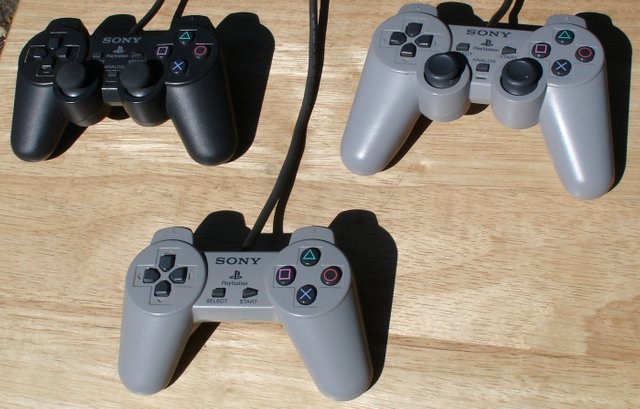
While the original controller did not contain dual analogs, as 3D game development improved, the company realized there was a need for them. NOTE: Sony’s dual analog controller was not the first in existence, but it was the first one in the console space. The momentum continued and in March 2000 Sony released the Playstation 2.
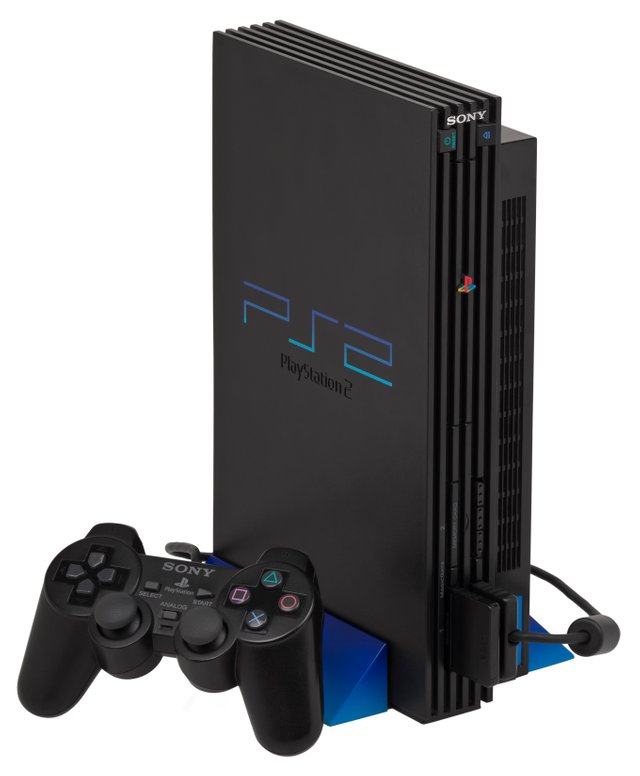
While I view this console as mainly a continuation of the Playstation, it did have two key differences going for it. One of those is that it used a DVD player, the successor to the CD and a format that allowed for the playback of movies sold on DVD and greatly increased storage capacity. What this meant is that a PS2 doubled as a home theater device and was cheap compared to other DVD players on the market. This allowed the PS2 to appeal to non-gamers (and sometimes, turn them into gamers). This strategy paid off, as the PS2 became the highest selling console at that time and to this day, still holds that position.
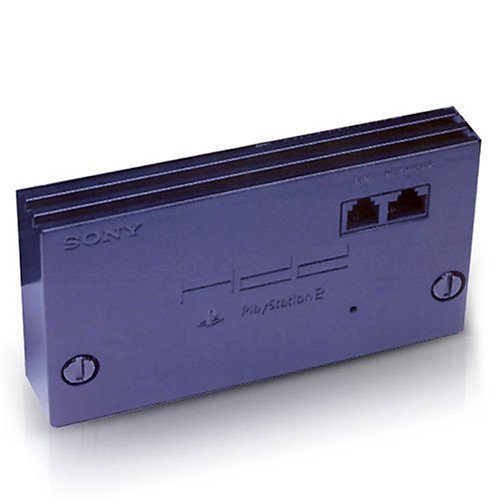
The other was online play, although very primitive and not very supported, the PS2 was capable of online play via accessories. This made certain games, like SOCOM, very popular on the console. After the PS2 came the PSP and Playstation 3 with the latter being Sony’s first mis-step in the console gaming market.
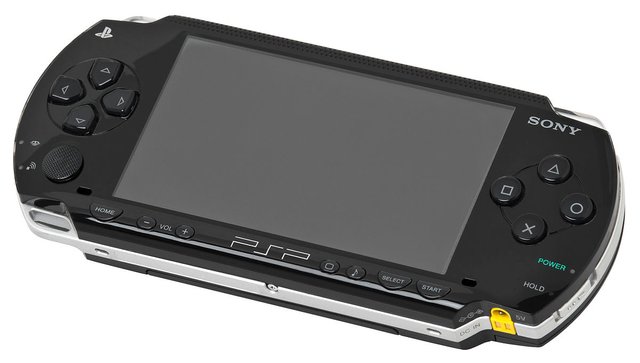
The PSP was a handheld console meant to be a competitor to Nintendo’s DS but it was touted as being able to offer home console gaming on the go, as opposed to much less ambitious handheld games found on the Nintendo DS. The PSP was very popular and did extremely sold well, but it was plagued by piracy and many felt like the game were stuck between being handheld and console like, resulting in them not being very good as either, so developers weren’t as successful on it as on the DS (which was also plagued by piracy but was much cheaper to make games for and had a bigger userbase).
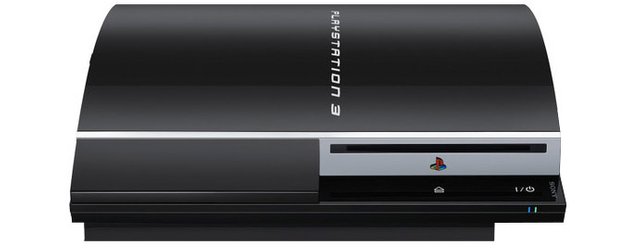
Sony as a company was hugely successful at the launch of the PS3, with the electronics giant being a household brand, known for quality, they were easily able to charge for premiums for their products and people would willingly pay for them. Thus we get to the PS3, a console that boasted a next-generation disc format, known as the Blu-Ray. This promised vastly high quality video and much larger storage capacities for developers to work with. For all intents and purposes it seems like Sony was revisiting the strategy that had worked for them for two console generations and no one could fault them for it. Not to mention they were adding internal storage, built in online functionality and were revamping their online infrastructure. What could go wrong? Well, quite frankly, a lot did.
They made two big mistakes with the PS3. The first one was the initial price for a playstation 3.

Believing that they were in a position to demand premiums, they asked gamers to pay $500 USD minimum for a PS3. Because of their standing Sony became very complacent and frankly arrogant not realizing the reasons that their prior consoles were so successful. What this meant was that the worst version of the PS3 was still $100 USD more than the best version of the Xbox 360 while having comparable hardware and the Xbox having more exclusive games and better online infrastructure. The kicker here was that Sony was selling these consoles at a loss even at these price points and in the end, they lost a large % of the profits they made from the PS2 due to the losses they made on the PS3.
The second problem was actually two things that went hand in hand, the console was notoriously difficult and expensive to develop for, causing a lot of the developers to take much longer to release games on the console, especially Japanese developers (The PS1/2 were extremely popular due to third party Japanese developers).
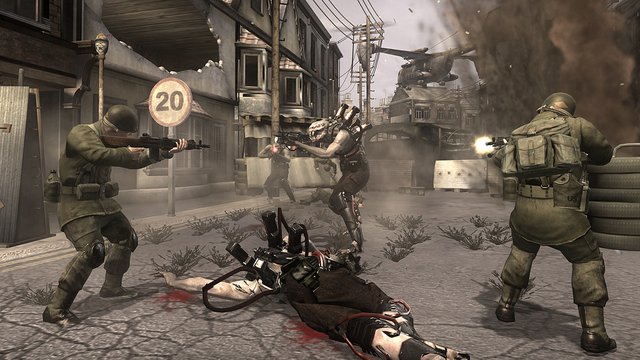
This along with the decline in home console gaming in japan saw many Japanese shift their development to the mobile consoles like the DS and PSP. Even Sony’s in-house developers struggled for the early years of the PS3’s lifespan and as a result their output was not only low, but not very impressive. With the PS3’s situation looking bleak, Sony decided to launch a cheaper model and but greater emphasis on third party development, particularly western third party development. With Oblivion, Call of Duty, Halo and other western games taking over the console space from Japanese games, Sony decided to follow the trends and invest more into their studios and partners like Naughty Dog, Sucker Punch, Guerilla Games and Insomniac Games. This resulted in games like Killzone, Uncharted, MAG and Infamous which were all well received and profitable.

Sony’s balance of new IPS and anticipated sequels, as well as their Playstation Plus program and free online play garnered favour among games and despite starting badly they ended the generation in a very favourable position.
In November 2013 Sony released the PS4, a console that was highly anticipated by their fanbase and gamers worldwide, especially with their impressive looking launch games like Killzone ShadowFall and Infamous Second Son, sequels of two highly regarded franchises.
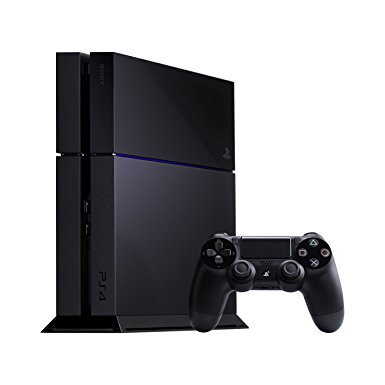
The PS4 was also priced $100 lower than its competitor, the Xbox One and was more powerful. This meant Sony was dealt a winning hand from the onset since Nintendo stopped competing for the core gamer market. There was however, one blemish and that was online play was no longer free and was following the XBL model of being a paid subscription. Although many viewed this very negatively, Microsoft was in such a bad position that they overlooked that issue.
The PS4 has since then being riding a wave of success, outselling all of its competition, having hits like bloodborne and Uncharted 4 and being looked upon favourably by gamers.
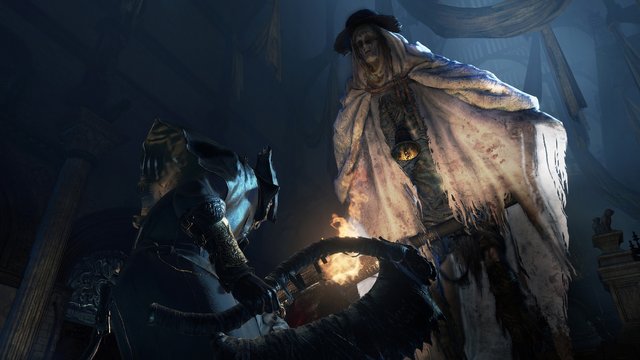
However, Sony is showing some of the arrogance that reared its ugly head during the PS3 era and taking what can be seen as very anti-consumer stances on various issues. One is cross platform play, with Sony blocking any games that are on other consoles, from being cross platform. Another is one that comes over from the PS3 era, the ability to refund digital games. Sony does not allow refunds on digital games unless there’s a really special reason for doing so and even with that, they only allow you to refund one game without hassle.
The third issue I’d like to talk about is Sony’s handling of hacks and chargebacks; Sony permanently bans PSN accounts that issue chargebacks rather than rescinding access to the content purchased. What this means is that you can be a loyal paying customer for and be banned at any time for a chargeback, something they do not advertise, so many people do not know the correct procedure for dealing with compromised accounts. This can lead to unnecessary inconvenience and in some cases, loss of accounts (although very rarely).
Aside from those issues, Sony has been doing very well for themselves, although I don’t particularly like the direction they are going in by focusing on cinematic games, I do applaud them for consistently trying new IPs, even if they are as safe as can be (looking at you Days Gone).

Sorry for the long delay it was a busy week! I’ll try to have the Nintendo article come up soon as well as a review of Nier Automata! So as usual, if you guys like this, upvote, resteem and follow and don’t forget to check my part one of this series here!
https://steemit.com/gaming/@gd1551/industry-trends-2-a-look-at-the-big-three-microsoft
Congratulations! This post has been upvoted from the communal account, @minnowsupport, by Powie from the Minnow Support Project. It's a witness project run by aggroed, ausbitbank, teamsteem, theprophet0, and someguy123. The goal is to help Steemit grow by supporting Minnows and creating a social network. Please find us in the Peace, Abundance, and Liberty Network (PALnet) Discord Channel. It's a completely public and open space to all members of the Steemit community who voluntarily choose to be there.
If you like what we're doing please upvote this comment so we can continue to build the community account that's supporting all members.
Great history lesson on Sony! Can't wait to read about Nintendo ;)
Great post! Would you mind if I included it in today's "best of gaming"?
You sure can!
True tlk@gd1551
Gr8 work
Steem on
Memories awaken .. Thanks .Have a nice day! (resteemed & following )
Thanks!
you back me in the time, look at sony 2 how it is with a right back you can open to change cd. and logo of the of konami in tv was great to hear that. sometime we had problems with sony and when the konami show in tv, we was a happy children in the world
I am addicted to adventure game. I love sony, I love game!
Sony is the best.
Xbox Is Wack now, I used to be on that wave but I always got the red ring of death with microsoft.
tekken was my best game, childhood memories :)
Nice post
Wow so many childhood memories were playing in my head while I read this post. Thanks!
sony is best for tv,play-station :)